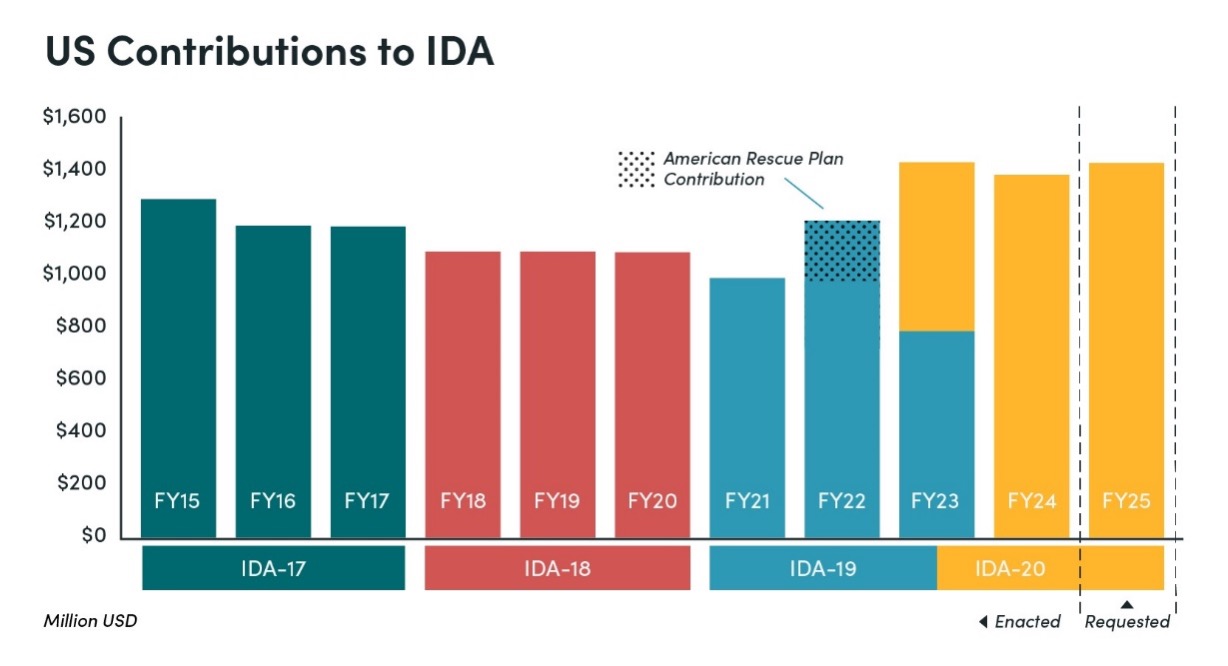Agglomeration theory holds that clustering firms together allows them to share of knowledge and ideas, access a larger labor pool, and benefit from lower costs of production and transportation. How does that hold up in the real world?
In a new CGD policy paper, my coauthors and I look at just that question. We review 20 agglomeration-focused World Bank projects such as special economic zones, growth poles, and industrial clusters. While many are at an early stage, it is possible to draw some tentative conclusions.
First, we find that project designers overestimate the intellectual clarity of the agglomeration approach, leading several projects to perform poorly because of the challenges of implementation. Project designers should put more effort into reducing technical complexity (including the number of activities and institutions involved), building institutional capacity, and making projects flexible. These agglomeration projects may benefit from being designed as a series of incremental projects, through which lending can be carried out in stages in response to changing realities on the ground.
Second, there are important second-order effects, including the impact projects have on asset prices, notably land prices, which need to be taken into account when assessing project outcomes. Agglomeration projects and local investment can have an effect on land values, raising issues of ownership, control, and allocation, but we are not able to say much more because of a lack of evidence.
Finally, agglomeration can make coordination among firms easier and induce a critical mass of private firms to enter markets and invest, but that does not always happen. Some threshold (in terms of lower costs and risk) may need to be reached to spur private investment. This threshold concept has not been incorporated into the current results framework that maps input to output to outcome on a linear basis; we argue that further experimentation is needed to develop flexible results frameworks that explicitly recognize this threshold effect.
Take a look at the paper for more.
CGD blog posts reflect the views of the authors, drawing on prior research and experience in their areas of expertise.
CGD is a nonpartisan, independent organization and does not take institutional positions.





